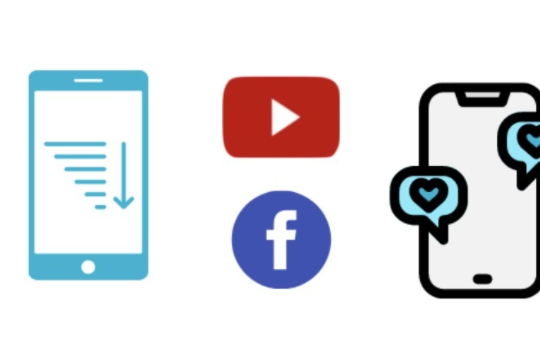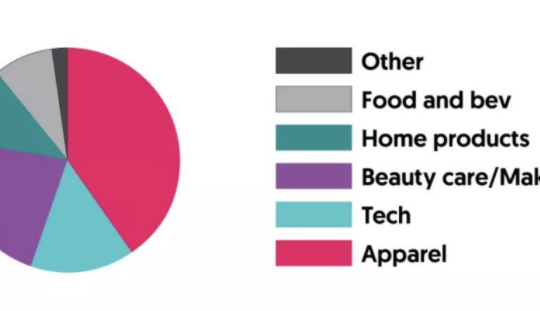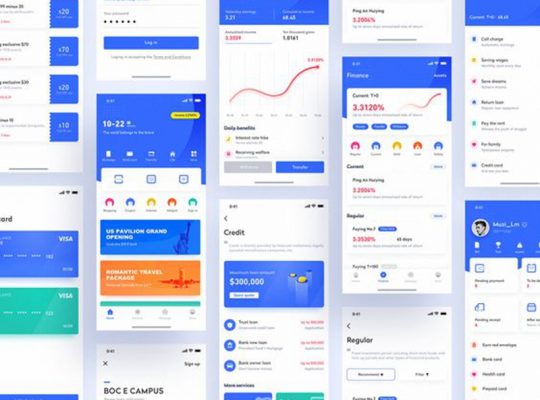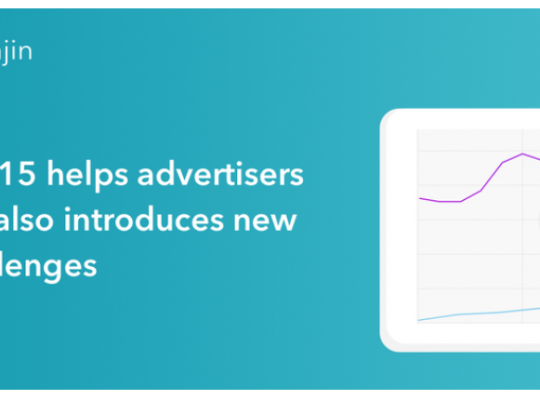
Table of Contents
- Apple to ban apps that provide rewards for enabling monitoring
- buy app rating
- buy play store installs
- buy app installs and reviews
Apple to ban apps that provide rewards for enabling monitoring
In its Human Interface Pointers, the part on Accessing Consumer Information now clearly states that:Apple revealed new tips as a part of its App Monitoring Transparency framework that stipulate the corporate will ban apps that provide financial rewards for enabling app monitoring.
“There are a number of prohibited custom-messaging designs that may trigger rejection. Some examples are providing incentives, displaying a display that appears like a request, displaying a picture of the alert, and annotating the display behind the alert (proven beneath).”
Apple does permit builders to create {custom} alerts that inform customers what the monitoring is getting used for.
However these messages have to be easy and solely comprise wording comparable to “Subsequent” or “Proceed”. It shouldn’t use the phrase “Enable”.
Builders could have their apps rejected in the event that they withhold functionalities on the idea of permission.
As well as, utilizing photos can be prohibited as a part of the pre-alert.
Accessing Consumer Information
Consumer privateness is paramount. To assist folks belief your app, it’s essential to be clear in regards to the privacy-related knowledge and sources you require and the way you employ them. For instance, you have to request permission to entry:
- Private knowledge, together with location, well being, monetary, contact, and different personally figuring out info
- Consumer-generated content material like emails, messages, calendar knowledge, contacts, gameplay info, Apple Music exercise, HomeKit knowledge, and audio, video, and photograph content material
- Protected sources like Bluetooth peripherals, house automation options, Wi-Fi connections, and native networks
- Machine capabilities like digicam and microphone

Once you submit a brand new or up to date app, you have to present particulars about your privateness practices and the privacy-relevant knowledge you acquire so the App Retailer can show the data in your product web page. (You may handle this info at any time in App Retailer Join.) Individuals use the privateness particulars in your product web page to make an knowledgeable determination earlier than they obtain your app. To be taught extra, see App privateness particulars on the App Retailer.

Requesting Permission to Entry Consumer Information and Sources
The system supplies a regular alert that lets folks view your request to entry their personal info or protected sources. They’ll additionally view your request and replace their alternative in Privateness settings. You provide an outline of why your app wants the objects and decide when to point out the alert; the system handles all different components of the alert expertise. Listed below are a number of examples:

Write copy that clearly describes how your app makes use of the info you’re requesting. The usual alert shows your copy (known as a objective string or utilization description string) after your app title and earlier than the buttons folks use to grant or deny their permission. Goal for a quick, full sentence that’s easy, particular, and simple to know. Use sentence case, keep away from passive voice, and embrace a interval on the finish. For developer steerage, see Requesting Access to Protected Resources and App Tracking Transparency.
Request permission solely when your app clearly wants entry to the info. It’s pure for folks to be suspicious of a request for private info, particularly if there’s no apparent want for it. Request permission solely when folks really use options that want their knowledge. For instance, you would possibly request entry to the gadget location solely when a person desires to know how one can get to your retailer.
Request permission at launch solely when the info is important in your app to perform. Persons are much less more likely to be bothered by a request when it’s apparent why your app wants the data. If you wish to carry out app monitoring as quickly as folks launch your app, you have to show the system-provided alert earlier than you acquire any monitoring knowledge.
Displaying Customized Messaging Earlier than the Alert
Ideally, folks already know why you’re requesting their permission based mostly on context, but when it’s important to offer extra particulars, you possibly can show a {custom} message earlier than the alert seems.
Make it clear that opening the system alert is the one motion folks can soak up your custom-messaging display. Individuals can interpret a pre-alert message as a delaying tactic, so it’s vital to allow them to shortly dismiss the message and consider the system alert. If you happen to show a {custom} display that precedes a privacy-related permission request, it should provide just one motion, which should show the system alert. Use a phrase like “Proceed” to title the motion; don’t use “Enable” or different phrases that may make folks suppose they’re granting their permission or performing different actions inside your {custom} display.

Clarifying Monitoring Requests
App monitoring is a delicate problem. In some circumstances, it would make sense to show {custom} messaging that clearly describes the advantages of monitoring.
By no means precede the system-provided alert with {custom} messaging that would confuse or mislead folks. Individuals generally faucet shortly to dismiss alerts with out studying them. A {custom} messaging display that takes benefit of such behaviors to affect decisions will result in rejection by App Retailer Evaluation.
There are a number of prohibited custom-messaging designs that may trigger rejection. Some examples are providing incentives, displaying a display that appears like a request, displaying a picture of the alert, and annotating the display behind the alert (proven beneath). For steerage, see App Store Review Guidelines: 5.1.1 (iv).







[…] this blog, we’ll understand important aspects to get funding for your app. This blog answers a few important […]
[…] that the more mundane marketing tasks are being offloaded to the AI powered machines. As a result, marketers have the ability to refocus their efforts and spend more time on the creative aspects of […]
[…] that the more mundane marketing tasks are being offloaded to the AI powered machines. As a result, marketers have the ability to refocus their efforts and spend more time on the creative aspects of […]
[…] need to know how to market an app and how to retain your users. Today we will discuss some of the apps that made it big and see how […]